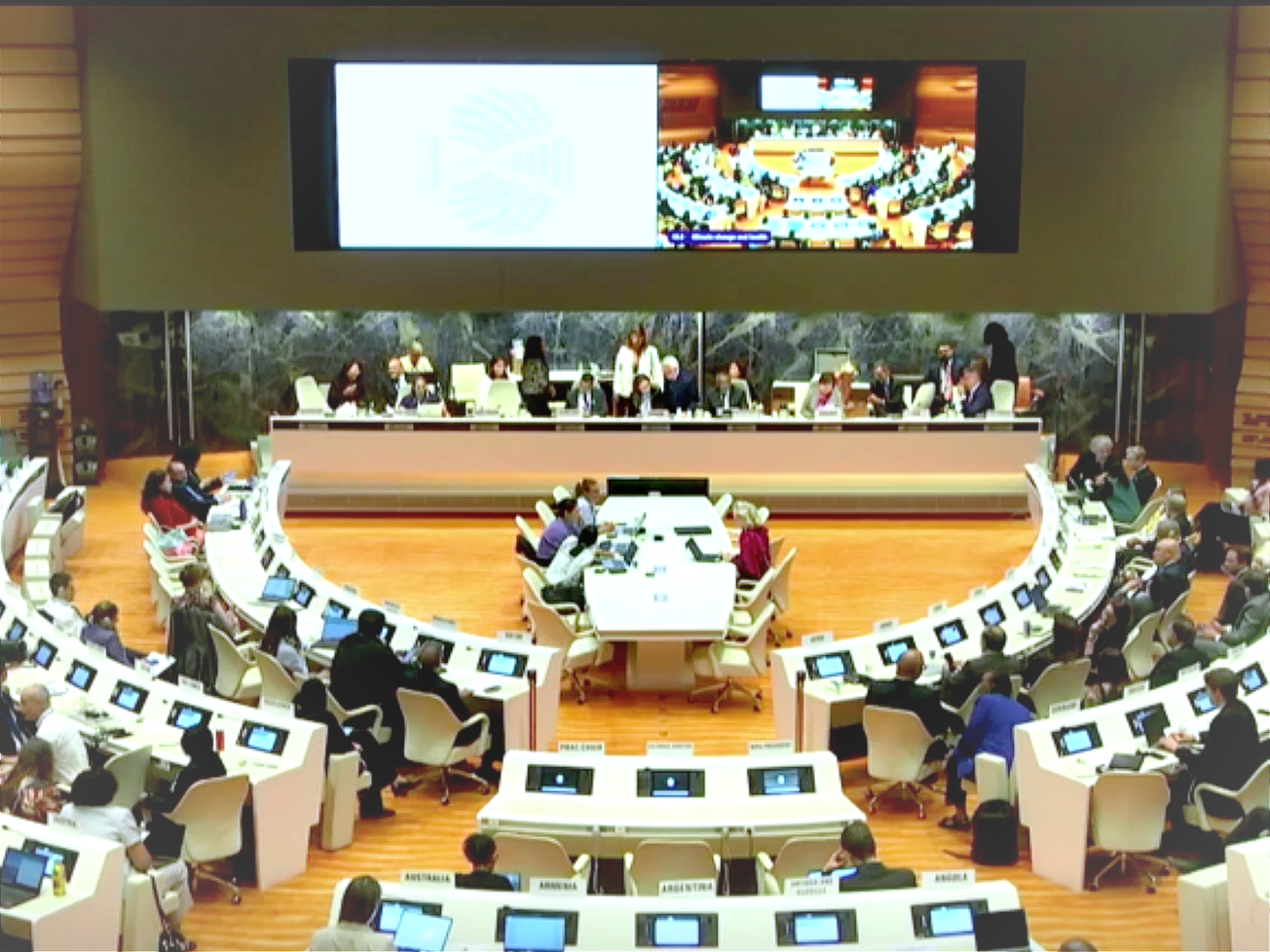UNITED NATIONS (AN) — Sharpening his differences with U.S. President Donald Trump, Chinese President Xi Jinping told the U.N. General Assembly on Tuesday that his nation — the world’s biggest emitter of greenhouse gases — plans to achieve carbon neutrality by 2060.
Xi called for a "green revolution" in his address to world leaders at the United Nations' annual high-level forum, usually held at the world body's headquarters in New York, but carried out this year in a virtual format due to the coronavirus pandemic.









